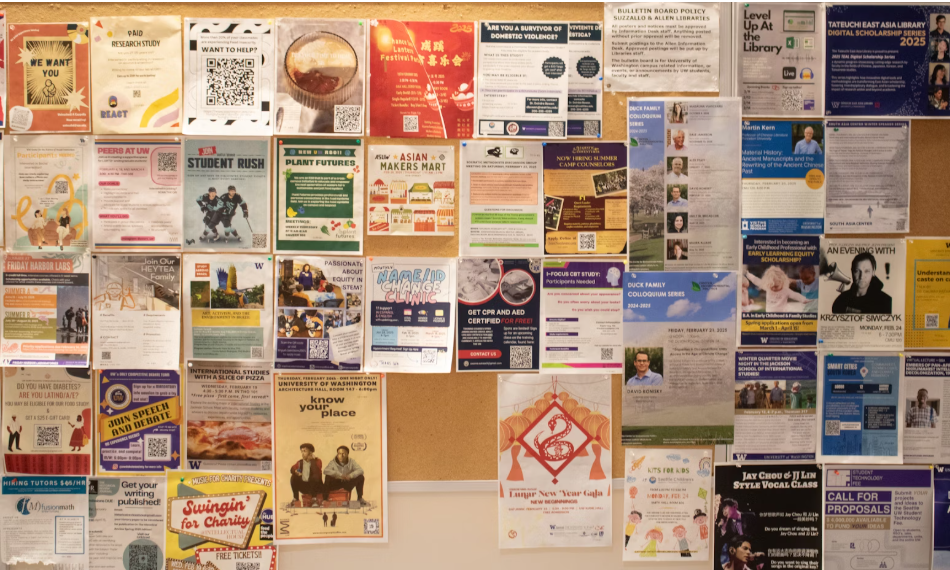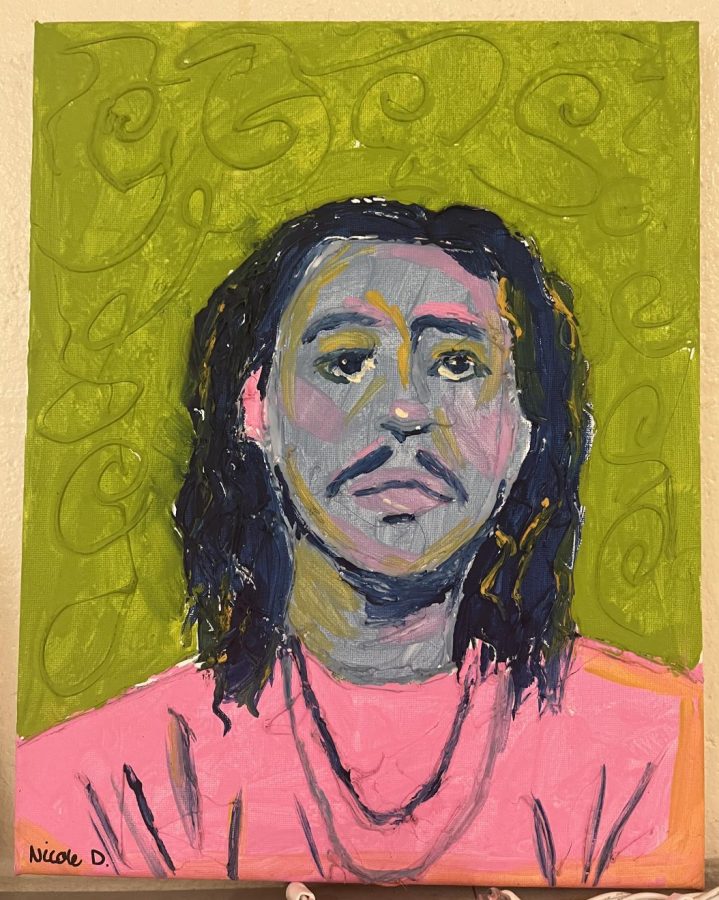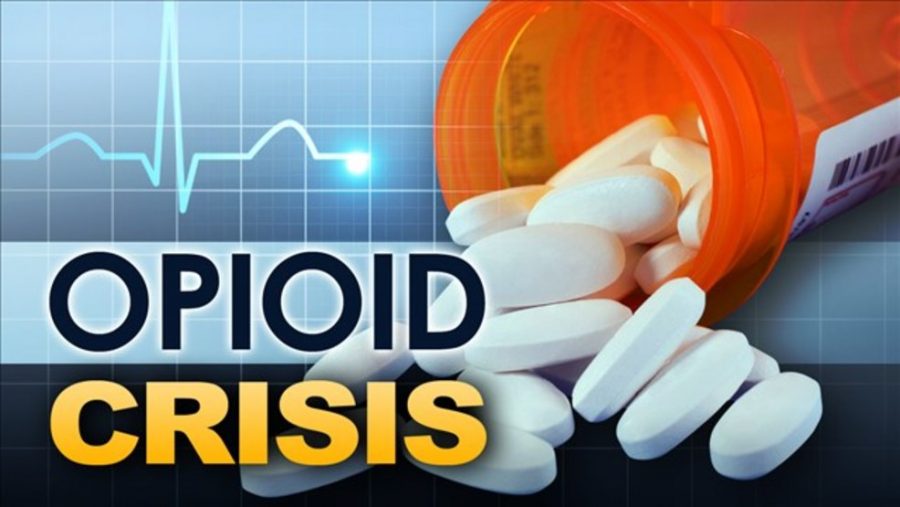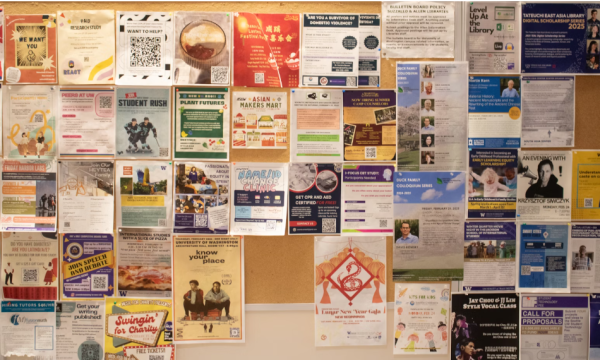Opioid Crisis and Kratom
For years now, the U.S. has been involved in an opioid crisis. Opioids are drugs that act on the nervous system to relieve pain. They can range from illegal drugs like heroin to prescription drugs like hydrocodone and morphine. Habitual use of opioids can lead to physical dependence and withdrawal symptoms. In 2016 alone, more than 63,600 people in the U.S. died from drug overdose, making it the deadliest year since the crisis began. 42,249 of those fatalities, or 66%, involved opioids. That makes the opioid crisis even more dangerous than breast cancer, which takes about 41,000 lives a year.
An increase in the number of deaths can be attributed to the synthetic opioid known as fentanyl making its way into heroin. Fentanyl is a prescription drug that is 50 to 100 times as powerful as morphine.
According to drugabuse.gov, “In the late 1990s, pharmaceutical companies reassured the medical community that patients would not become addicted to prescription opioid pain relievers, and healthcare providers began to prescribe them at greater rates.”
However, a new problem has been presented recently: under-prescription of pain medicines. Dr. Howard Fields, professor of neurology at the University of California, has spent most of his career working with chronic pain patients. He believes that many pain patients are actually being undertreated for what he called “legitimate, life-altering pain.” He spoke with
WBUR-FM, a public radio station from Boston, Massachusetts about the difference between dependence and addiction.
“Addiction really gets to the issue of compulsive overuse of a drug… If you are going to your physician once a month… and you are able to lead a normal life by raking a pill maybe three or four times a day, you’re not addicted.” Under-prescription of drugs used by chronic pain patients leads them to turn to other pain relief methods like using heroin. Because of this, in combination with the increase of fentanyl-laced heroin, leads to more deaths.
One potential means of alleviating the opioid crisis is actually through the use of another drug – kratom. Kratom is derived from an evergreen tree in the coffee family native to Southeast Asia.
Advocates say that kratom offers relief from pain, depression, and anxiety, but the FDA has been fighting the release of the drug claiming it was connected, however loosely, to the deaths of 44 people.
The FDA released their kratom death data and subsequently undermined their own point. For instance, one incident described a teenager who had hanged himself after struggling with depression and prescription drug abuse, and the FDA attributed that death to kratom even though he had used a variety of drugs, including alcohol and prescription drugs, in his system. Another death, which has now been redacted from the document, appears elsewhere in an agency database as a “death by homicide due to a gunshot wound to the chest.” The Huffington Post wrote on their website, “Almost all of the FDA’s cases involve subjects who were found to be on multiple substances… with the vast majority including either illicit or prescription drugs that carry well-known fatal risks… Nine of the FDA’s 36 documented deaths were related to a string of fatal overdoses… which involved a controversial kratom-based product that had been
adulterated with a dangerous synthetic opioid. In addition, all eight cases… consisted largely of voluntary reports, including accounts from family members who simply suspected their loved ones had died from kratom use.”
After the release of the data FDA Director Gottlieb spoke on the kratom issue by saying, “As the scientific data and adverse event reports have clearly revealed, a compound in kratom make it so it isn’t just a plant – it’s an opioid.” Gottlieb has taken millions of dollars from the pharmaceutical industry; the same industry whose profits will be threatened if kratom remains a legal substance.
The FDA has already sought a crackdown on kratom and opened up a comment period. During the comment period there were 23,232 comments, one of which read, “Why would they want me taking 10 pills a day when I have something already that makes me feel better than those pills and in my eyes is a lot healthier,” said Danielle, an Army veteran. Almost all of which were in opposition to banning kratom, but still, the herb’s fate still hangs in the balance. However, Kratom still remains legal in the U.S. right now it is classified as a controlled substance.
This is not to say that kratom is the perfect drug as some activists would suggest. While it is not possible to overdose on kratom, technically, but heavy users of the drug have reported intense nausea at high doses, and if used daily it had some addictive properties similar to those of caffeine.





















